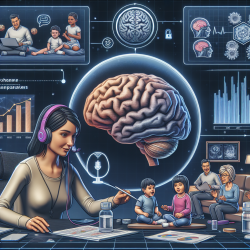Introduction
The International League Against Epilepsy (ILAE) 2017 classification of seizures and epilepsies is a groundbreaking update that aims to simplify terminologies, improve diagnosis, and enhance patient outcomes. This blog explores the scope, limitations, and future recommendations of this classification, providing practitioners with valuable insights to refine their skills and encourage further research.
Scope and Benefits
The ILAE 2017 classification organizes seizures into categories based on onset, type, and associated comorbidities. This model facilitates prompt diagnosis and early management, leading to better patient outcomes. Key benefits include:
- Improved understanding of seizure types for both clinicians and patients.
- Identification of specific medications for different seizure types.
- Inclusion of both focal and generalized onset seizures.
- Applicability in resource-rich and resource-poor settings.
Limitations
Despite its advantages, the ILAE 2017 classification has several limitations:
- Subjectivity in terminologies such as "awareness" can lead to confusion.
- Lack of emphasis on consciousness and clinical features like preictal and postictal symptoms.
- Undefined roles of etiology and comorbidities in classification.
Recommendations for Future Action
To address these limitations, the following recommendations are proposed:
- Adopt a multidimensional classification model that includes clinical semiology, disease location, etiology, and comorbidities.
- Define terminologies clearly to avoid confusion and enhance communication.
- Incorporate cortical involvement in classification to improve therapeutic strategies.
- Develop a comprehensive instruction manual with guidelines on the role of comorbidities and etiological factors.
Conclusion
Implementing these recommendations could lead to a more comprehensive understanding of seizures and epilepsies, ultimately improving patient care. Practitioners are encouraged to explore these insights and consider further research to enhance their practice.
To read the original research paper, please follow this link: Current Classification of Seizures and Epilepsies: Scope, Limitations and Recommendations for Future Action.










